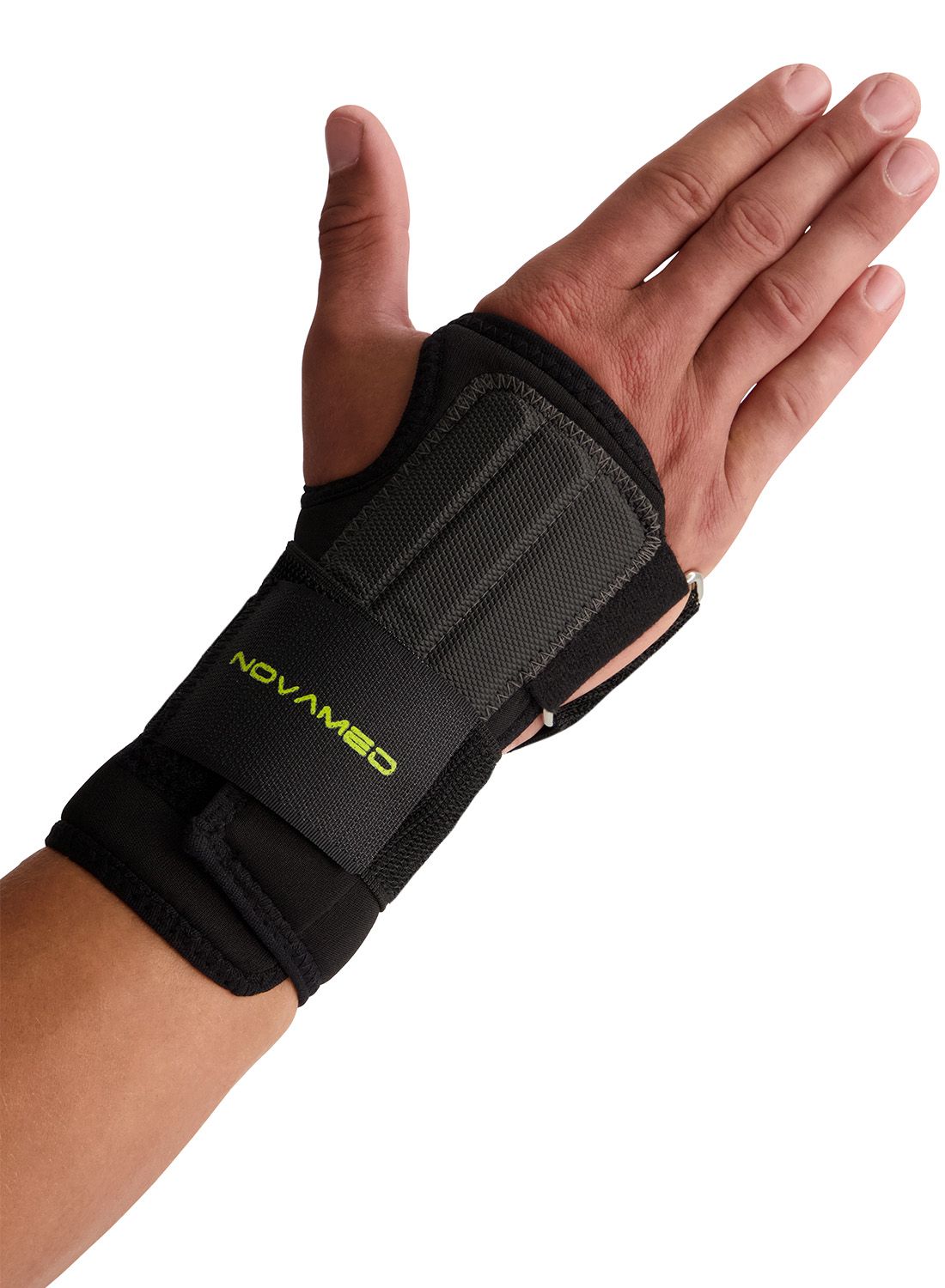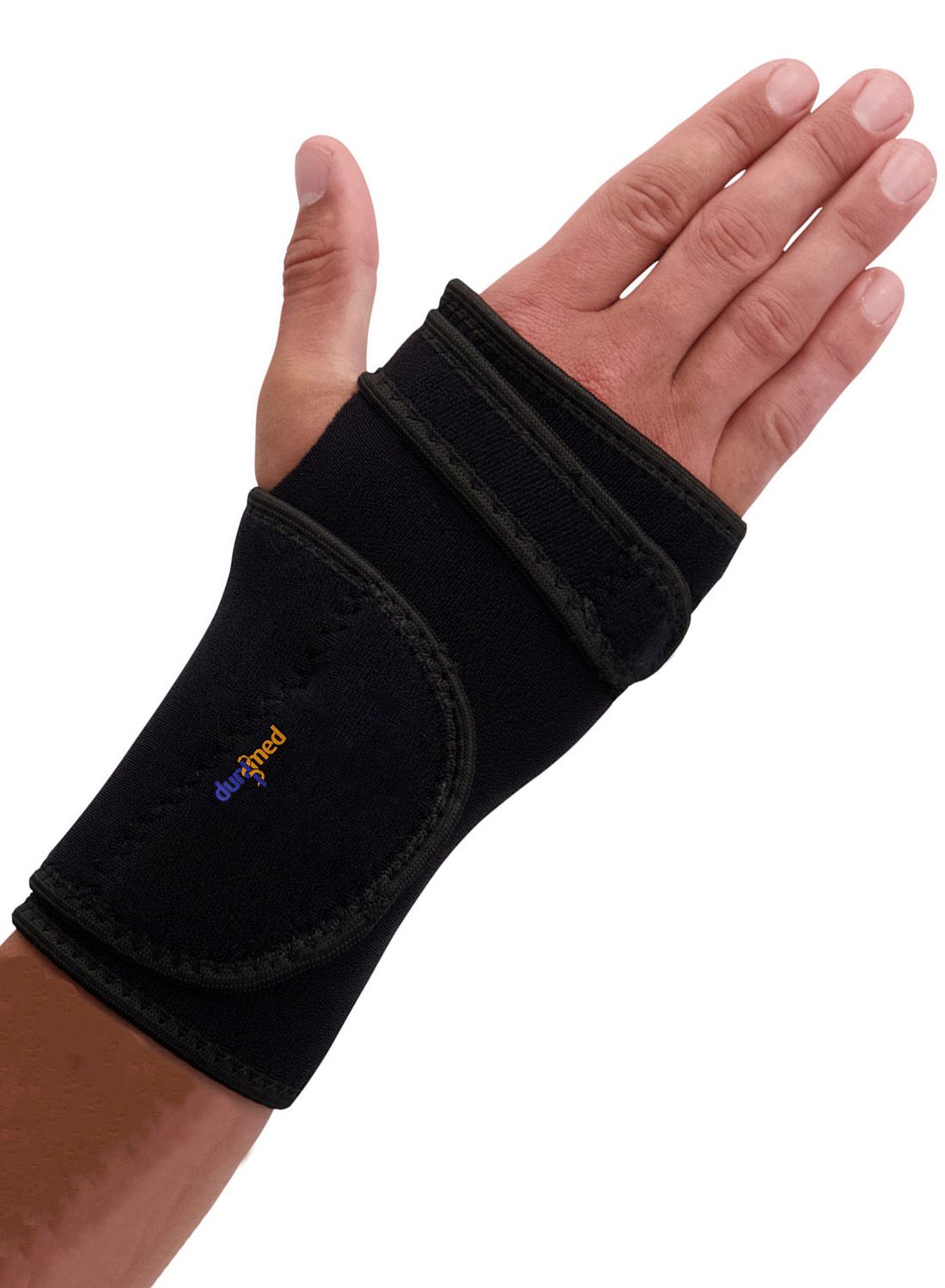RSI - Wrist
When people perform the same movements repeatedly, they may develop RSI. But what exactly is RSI? And how can you prevent painful symptoms? Below you’ll find the answers to these questions:
What can you do about RSI?
RSI is the collective term for complaints that occur when you work in the same position for a long time or repeatedly make the same movements. Nowadays, RSI is also known as CANS (Complaints of the Arm, Neck and/or Shoulder). These are physical symptoms in the neck, shoulders, arms, wrists, and hands that are not caused by trauma or illness. Symptoms of RSI include wrist pain, fatigue, tingling, loss of strength, and numbness. At Podobrace, we’ve selected the best wrist braces for RSI to support you.

What causes RSI or CANS?
The main cause of RSI or CANS is often repetitive work, such as office tasks, which is why it’s more common in those settings. During these tasks, the muscles are continuously slightly tensed. This can reduce blood circulation in the muscles by up to 80%, leading to a buildup of waste products. This buildup irritates the muscles, causing pain, which in turn leads the muscles to tense up even more.
Stress also plays a major role in muscle tension. When you’re stressed, the muscles in your neck, shoulders, and arms tense unconsciously. This tension causes additional pain, exactly what you want to avoid. Wearing a wrist brace provides rest, which helps reduce wrist pain.
What are the stages of RSI or CANS?
RSI or CANS progresses through three stages:
- In the first stage, the pain is dull and only noticeable during or after work. The symptoms typically subside after a few days of rest.
- In the second stage, symptoms worsen: specific movements are avoided due to pain, especially in the wrist, and the pain persists even after a few days of rest.
- The third stage is unfortunately quite severe. Strength in the hands and arms significantly decreases, and due to the ongoing symptoms, working becomes impossible.
At this stage, the use of a brace is strongly recommended to allow the wrist to rest.

Tips to avoid and relieve wrist pain
If you work in an office setting, your risk of developing RSI or CANS is unfortunately quite high. To prevent these wrist complaints, regularly change your posture and take frequent breaks. You can also alternate office work with other tasks. Finally, try not to sit at a desk or computer for more than six hours a day. To relieve wrist or shoulder pain in the second stage of RSI or CANS, we recommend wearing one of the wrist braces or splints listed below.

Super Ortho Wrist Support

Bauerfeind Manuloc Wrist Support
Protection level 3
Novamed Thumb Support / Wrist Splint

Novamed Lightweight Wrist Support

Dunimed Carpal Tunnel Syndrome Wrist Support

Dunimed Wrist Support

Dunimed Wrist Wrap

- Physiotherapist
- Sports podiatrist
- Manual therapist
- Podopostural therapist
- Myofascial dry needling specialist


